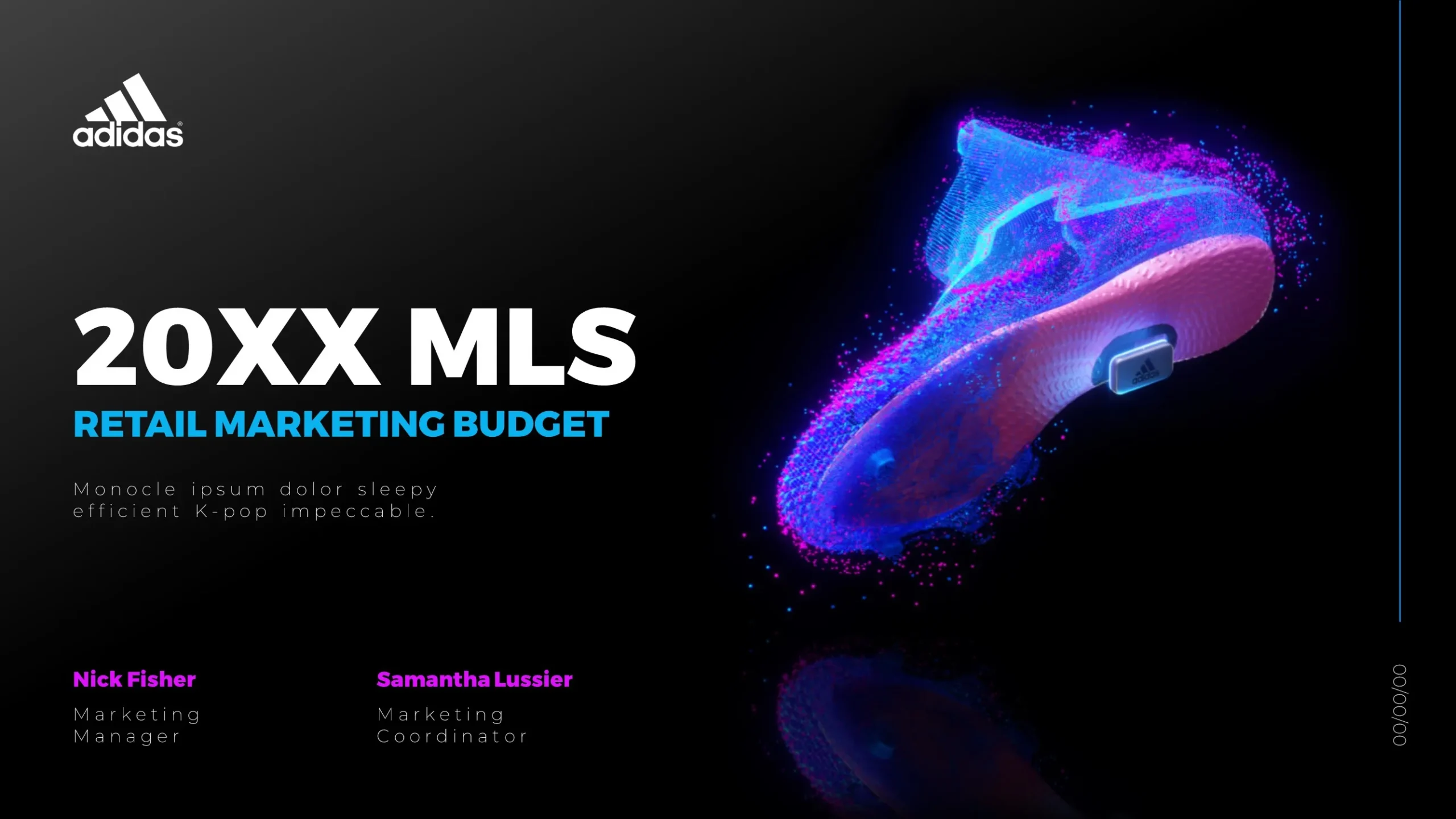Effective slide design plays a crucial role in enhancing the impact of medical research presentations at international conferences. Firstly, clear and visually appealing slides can help convey complex data and findings in a more digestible format. By using charts, graphs, and infographics, presenters can illustrate trends or comparisons that would otherwise be lost in dense text. This not only aids understanding but also keeps the audience engaged.

Additionally, consistency in design elements such as color schemes, fonts, and layout helps to establish a professional tone while allowing key messages to stand out. The use of high-quality images relevant to the research topic further reinforces credibility and encourages retention of information among attendees.
Moreover, effective slide design encourages storytelling by guiding the audience through a logical flow of information—from background context through methodology to results—making it easier for them to follow along with your narrative arc. Incorporating interactive elements like polls or Q&A segments within your presentation can also foster engagement and make participants feel more involved.
Lastly, given that international conferences attract diverse audiences with varying levels of expertise on specific topics; designing slides that are accessible ensures inclusivity by avoiding jargon-heavy language where possible while still maintaining scientific rigor. Thus maximizing both comprehension across varied backgrounds as well as fostering meaningful discussions post-presentation.









